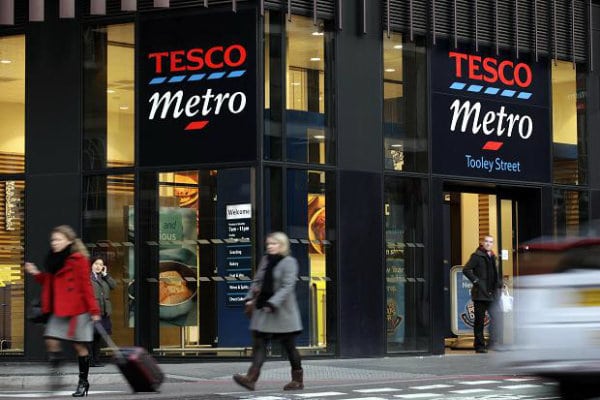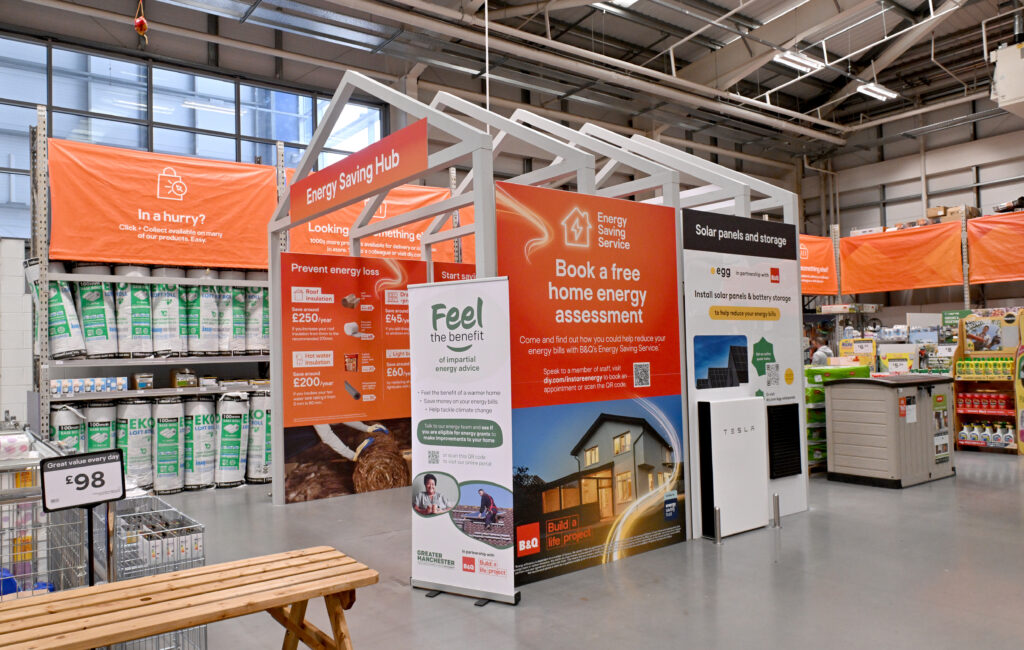A new report has found that convenience stores in the UK have reached saturation, while 228 towns in Britain reported a decline in the number of convenience stores in 2015.
The study published by The Local Data Company looked at the growth of the convenience sector over the last five years from 2011 to 2015.
The research highlighted how deeply competitive the market has become with the total number of convenience stores rising from 13,617 sites in 2019, to 16,426 at the end of 2015.
The big four supermarkets‘ convenience estate had a compound annual growth rate (CAGR) of 8.4% during the period, in comparison to a 4.9% increase among their larger store formats.
Convenience stores overall, however, are currently the slowest growing division of the food and groceries market with a CAGR of 3.2% through the period. This is in comparison to discount stores which had a CAGR of 7.2% and supermarkets at 4.9%.
A total of 228 British towns recorded a net loss of 300 convenience stores in 2015.
Surprisingly, supermarkets were the only store format to see a fall in its growth rate between 2013 and 2015, from 5.3% to a mere 1.6%.
Tesco‘s growth in the period was largely focused on Tesco Express with an additional 17 stores and its One Stop subsidiary opening a further 70 stores. Tesco Metro, however, recorded a loss of 17 stores in 2015.
Of the fourteen convenience chains researched, five had a negative net change in store number. These included Londis down 268, M Local losing 132, Tesco Metro with 17, Mace 13 and Budgens lost 11. Some of these were rebrandings rather than actual store closures.


















